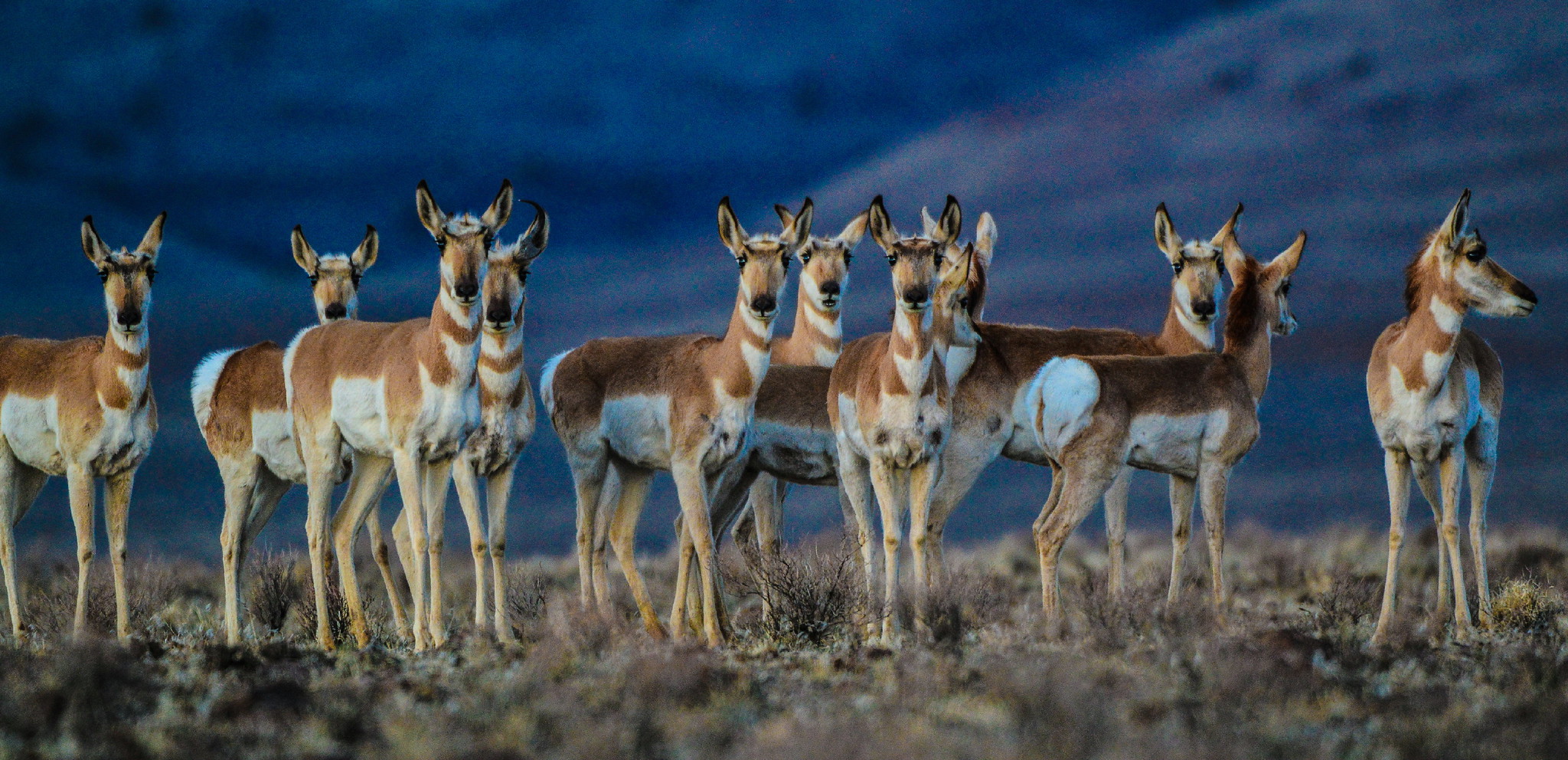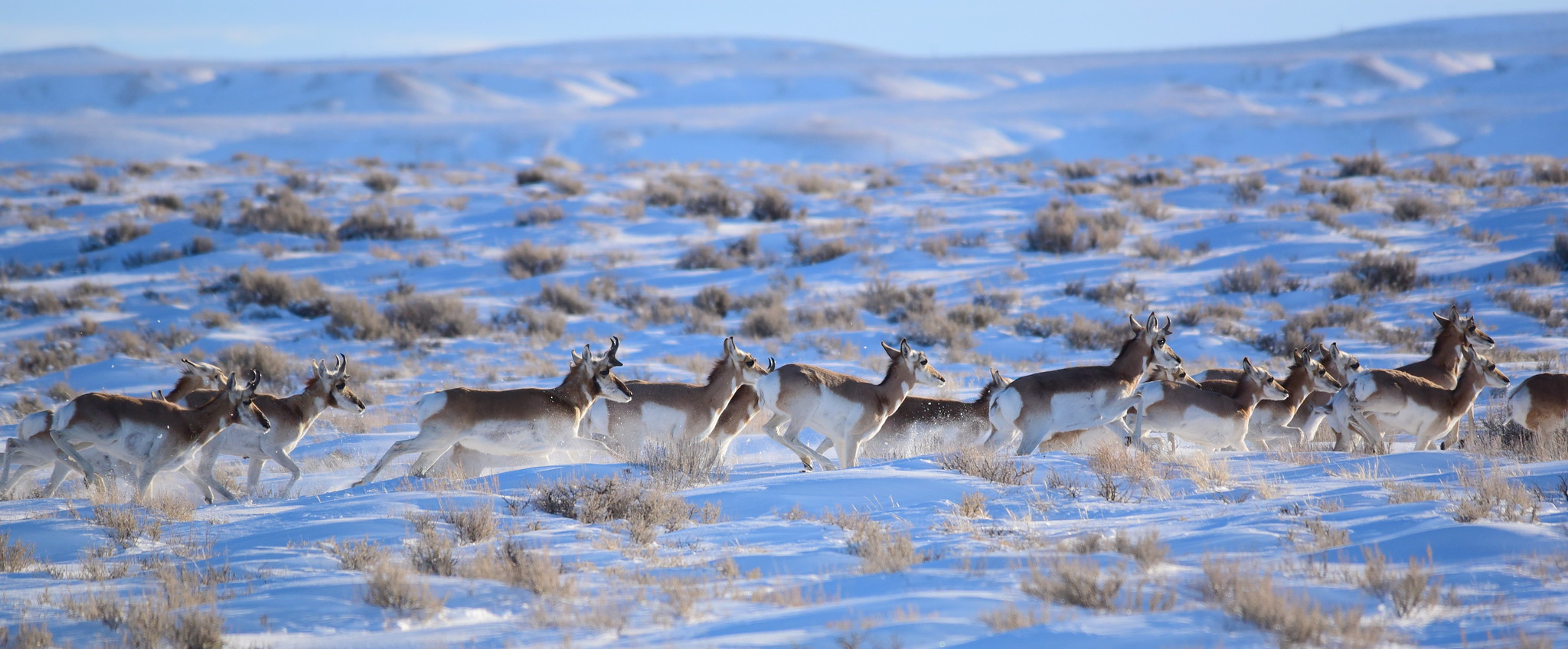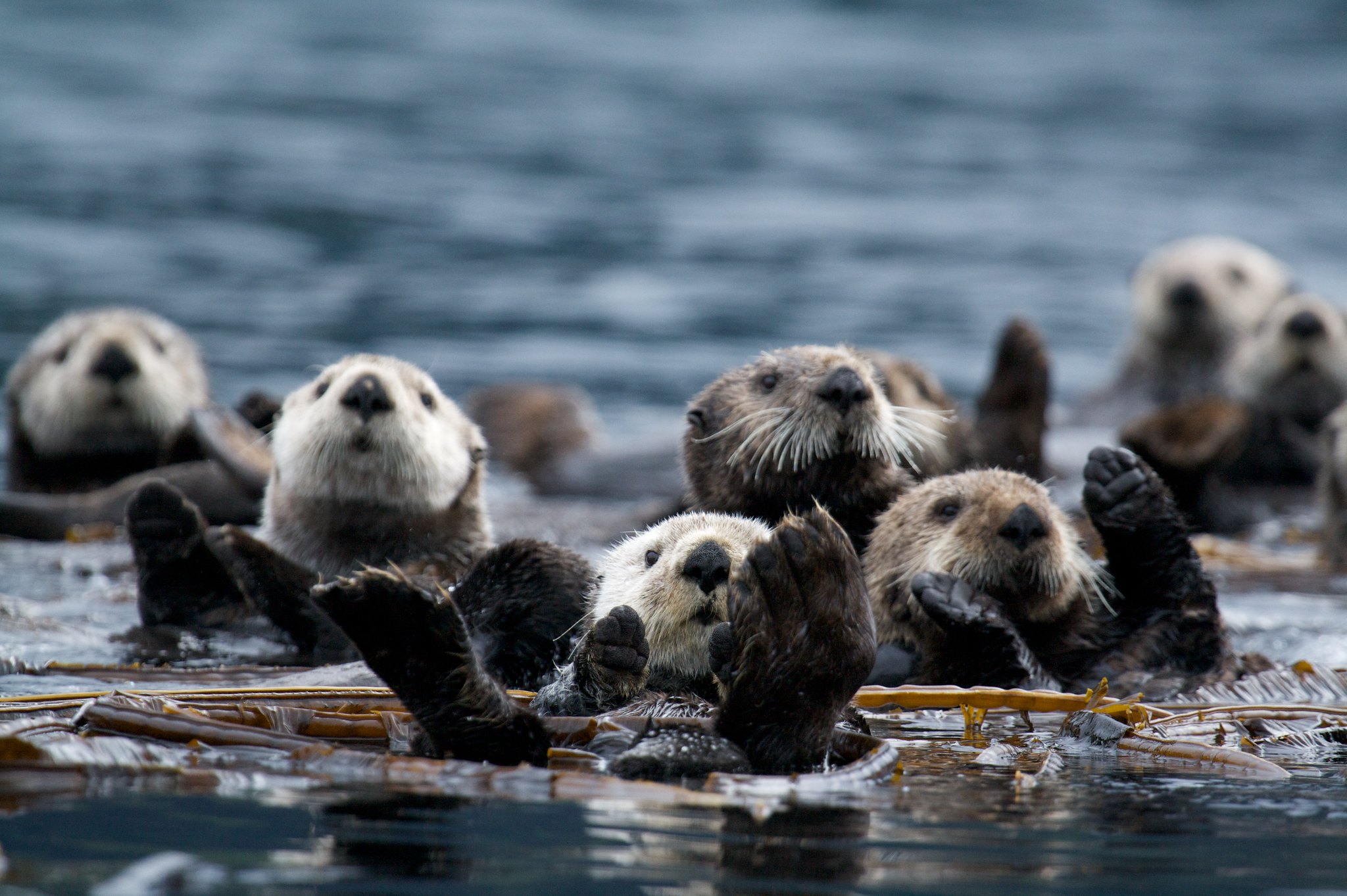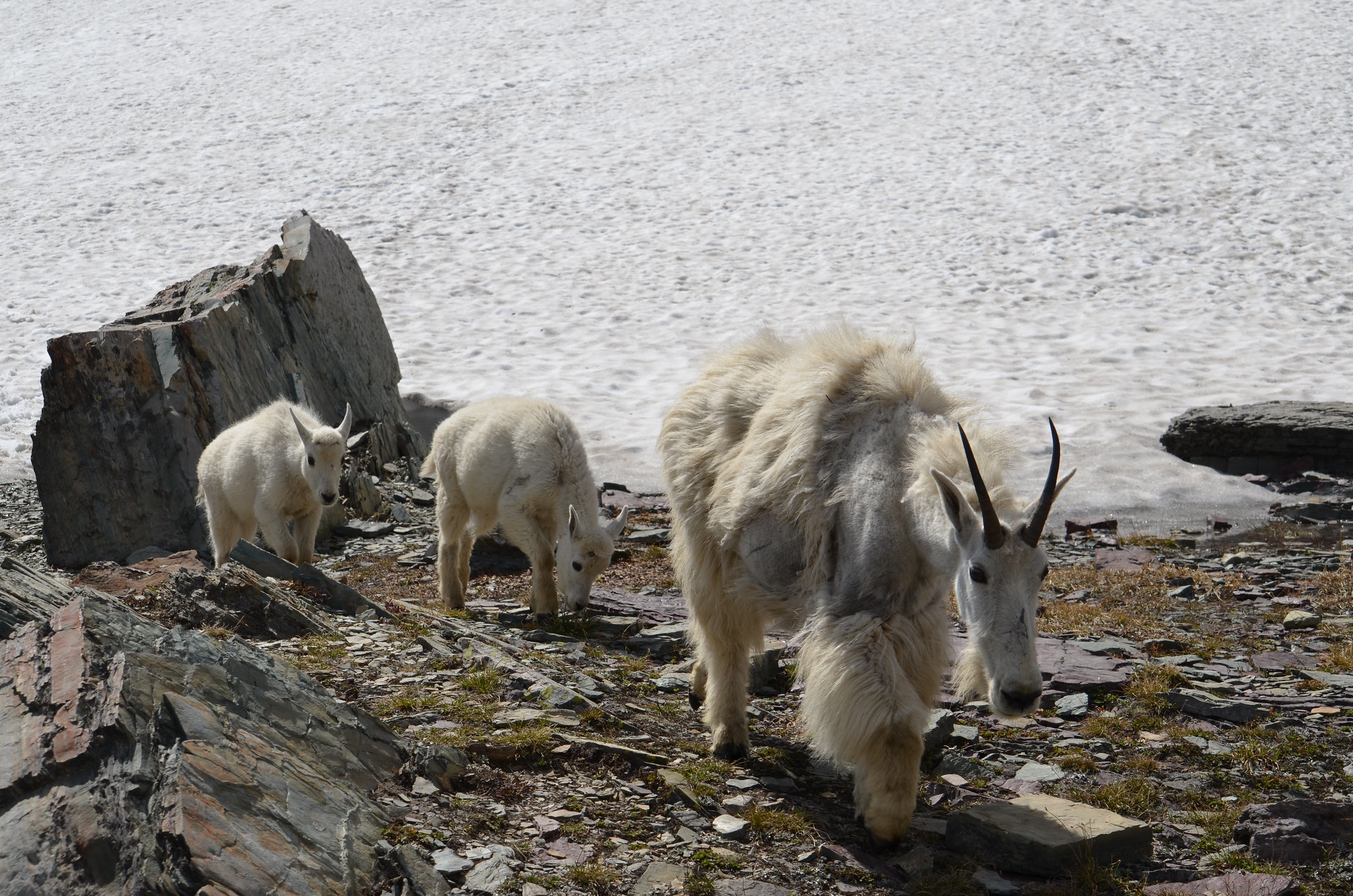We have much more to do and your continued support is needed now more than ever.
Six Wildlife Species That’d Win Olympic Gold

The National Wildlife Federation congratulates the Team USA athletes who have run, swam, leapt, thrown, and cycled their way to victory so far at the 2021 Tokyo Olympics. But we feel that Team USA has been negligent of another potential source of gold-medal winners… our North American wildlife! Below, we make the case for adding some of our beloved wildlife to Team USA — and the events we’re confident they’d dominate.

#1 Pronghorn: the West’s track stars
Pronghorn are the ultimate track double threat: In addition to clocking in as the fastest land animal in North America at upper speeds of 60 miles per hour, they also have the longest land migration route in the continental US. (In fact, pronghorn are the second-fastest land mammal in the world — only cheetahs can reach higher speeds than them!) Whether the 100-meter sprint or 10,000-meter run, pronghorn would leave their competitors in the dust.
Unfortunately, habitat loss is threatening the pronghorn’s training grounds — impenetrable fences and roads are making the 150-mile migration route that one population of pronghorn follows really difficult. That’s why we need to create and enhance wildlife corridors so our pronghorn can keep doing what they do best: sprinting away from potential predators.

#2 Sea otters: the perfect artistic swimming partners
Wiggly and playful, sea otters already have their barrel rolls perfected to rock the artistic swimming competition. They float on their backs, paddling with their back legs and using their tail as a rudder. Sea otters also stick together in groups called rafts and entangle themselves in kelp so they don’t drift apart. But if they were to put this skill to work in a synchronized routine — perhaps to the tune of “California Gurls” by Katy Perry — we know they’d wow the judges with their impressive coordination.
Beyond putting on a great show, sea otters are excellent conservationists: They prey upon sea urchins, a practice that keeps the rest of the kelp forest ecosystem they inhabit in a healthy balance.
#3 Froghoppers: born to nail the long jump
Most track and field athletes chug Gatorade. Froghoppers, small, leaping insects, are on another level entirely. When froghoppers are nymphs, they guzzle plant sap and surround themselves with a foamy froth that protects them. As adults, froghoppers jump from plant to plant with an initial velocity of over 13 feet per second and can leap two feet into the air — the same height as fleas, but done with a body weight 60 times that of fleas. Talk about an effective training regimen.
In the wild, this special hopping mechanism allows froghoppers to escape their predators — but in a long jump competition, froghoppers could catapult themselves to the front of the scoreboard.

#4 Sockeye salmon: fish that can go the distance
Preparing for the Olympics is about putting in the reps in training — and salmon go above and beyond here. Every year, Snake River sockeye salmon embark on a migration to the sea from their inland freshwater homes down the Columbia, Snake, and Salmon Rivers. Two years later, they swim over 900 miles back against the current, gain 6,548 feet of elevation, and eat nothing in the process. The 10-kilometer marathon swim at the Olympics? That’s a distance these salmon eat for breakfast.
However, this incredible journey and the salmon that embark on it are at risk of extinction. Rising summer water temperatures from climate change are making conditions unbearable for salmon, and the lower Snake River dams have made their migration more and more difficult ever since they were constructed in 1975. An intervention needs to happen now so this magnificent phenomenon, fundamental to Indigenous communities and beloved to anglers, doesn’t disappear forever.
#5 Pistol shrimp: the perfect shot
Pistol shrimp carry their weapon with them at all times, as their “gun” is actually one of their front claws. And their ammunition? Well, who would’ve thought bubbles could kill. When the pistol shrimp snaps its claw, it shoots a jet of water at speeds of 60 miles per hour. The area of low pressure that forms behind the jet of water creates a bubble that collapses in on itself creating the snapping sound this crustacean is so well known for. And it’s loud! In fact, one species of pistol shrimp’s snap can reach 210 decibels. That’s louder than an actual bullet!
Shooting requires precision and accuracy, skills the pistol shrimp has plenty of. So let’s save them a spot to compete in the rapid-fire pistol contest for the 2024 Olympics.

#6 Mountain goats: alpine agility at its finest
When it comes to sport climbing, the gold would definitely go to the goats — mountain goats, that is. These agile mammals are found at high alpine elevations, sometimes exceeding 13,000 feet. Their cloven hooves spread wide to improve their balance and rough pads on the bottom of those hooves provide grip the same way a rock climber’s shoes do. At first glance, the mountain goat may not look like an Olympic champ, but even babies (called kids) can scale the rocks and keep up with their nimble parents within a day of birth. Adults can leap up to twelve feet in a single bound, putting us human climbers to shame!
Olympians come in all shapes and sizes — and, we’d argue, species. But these champs are facing many threats, including habitat loss and climate change. The Recovering America’s Wildlife Act will fight these threats and give our wildlife a boost. Tell your senators and representatives to cosponsor Recovering America’s Wildlife Act today so our wildlife can continue performing outstanding feats of athleticism well into the future.
HELP RECOVERING WILDLIFE





















